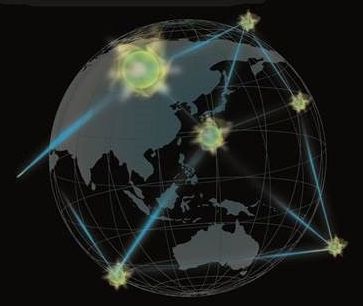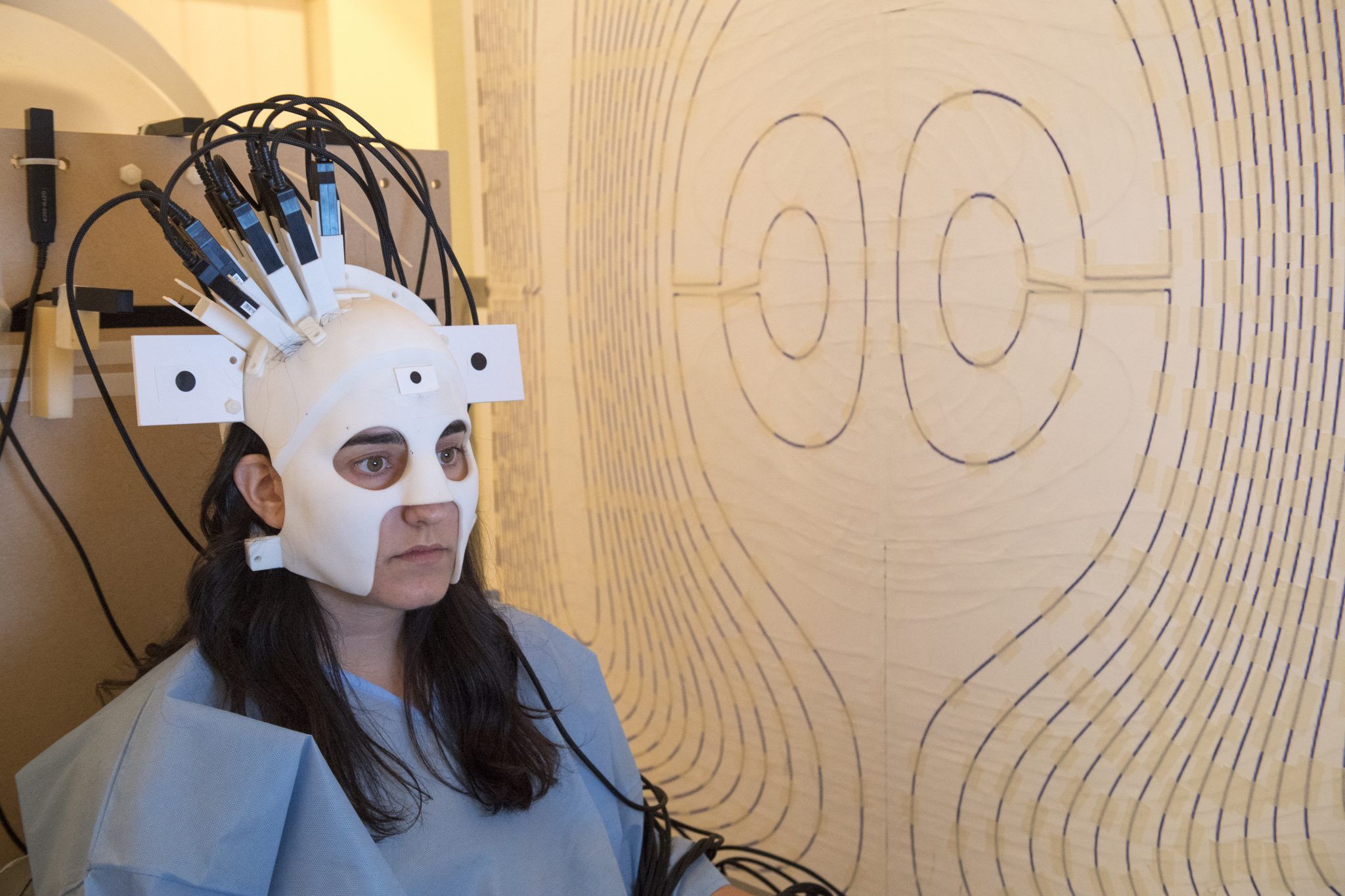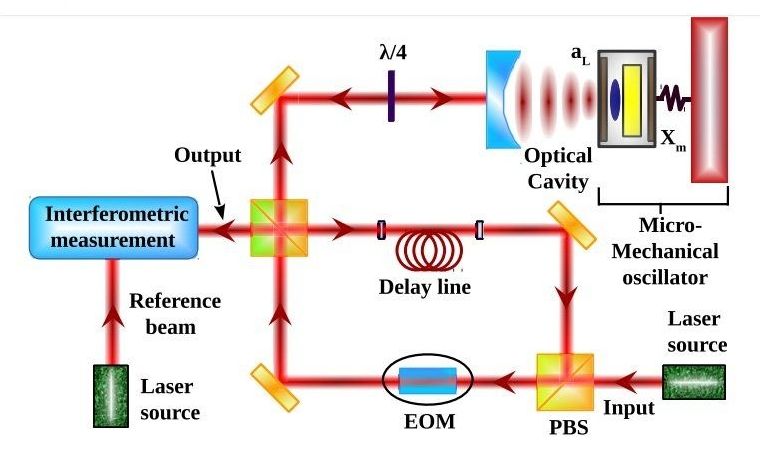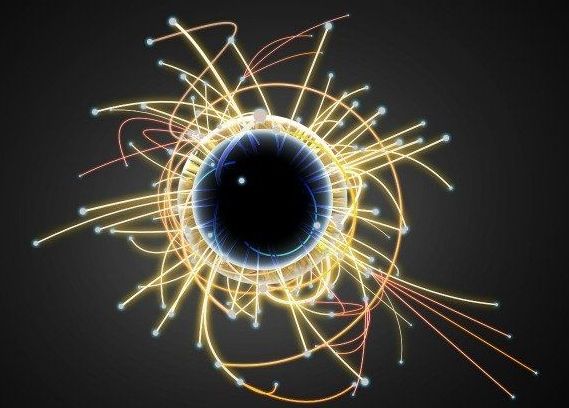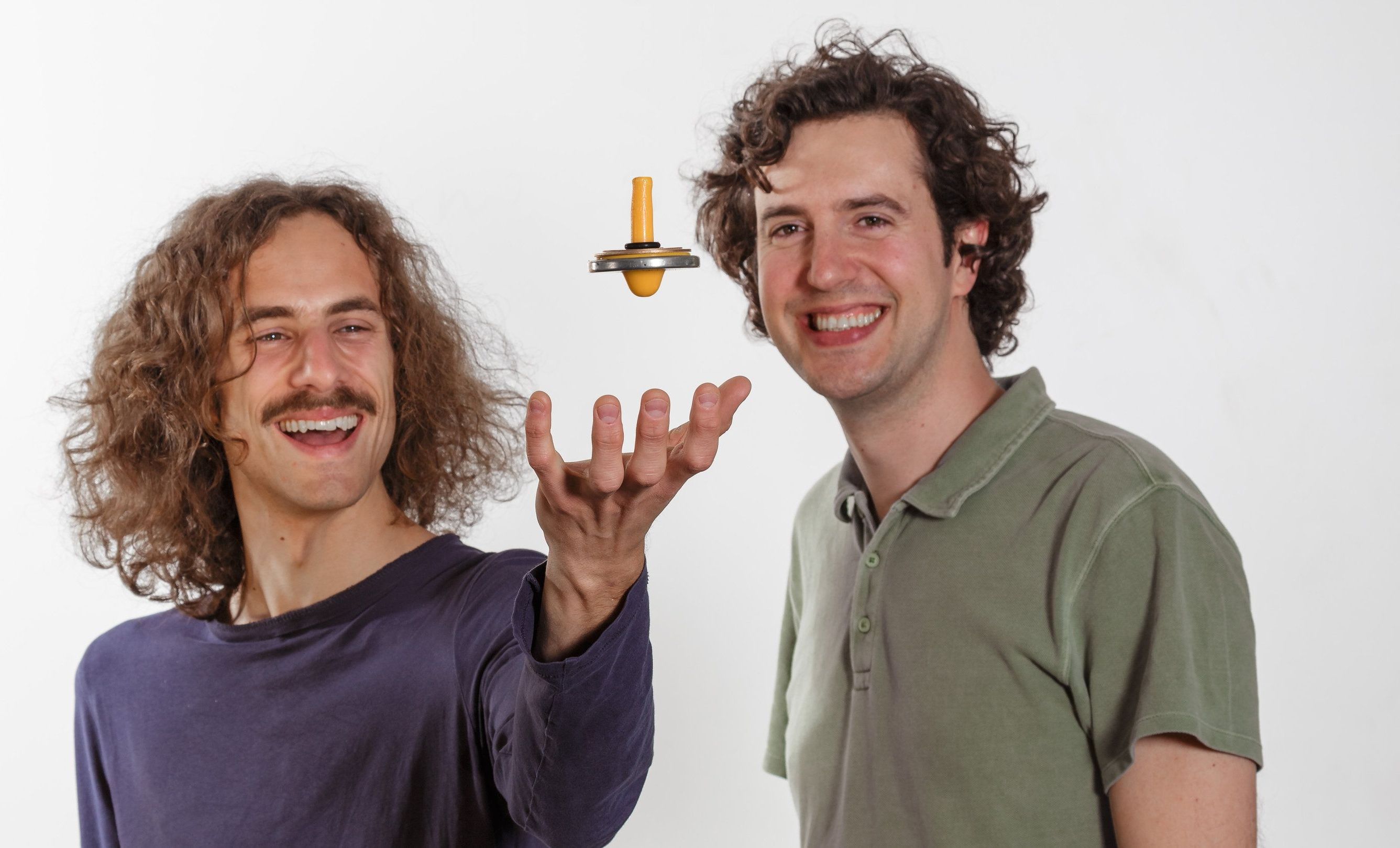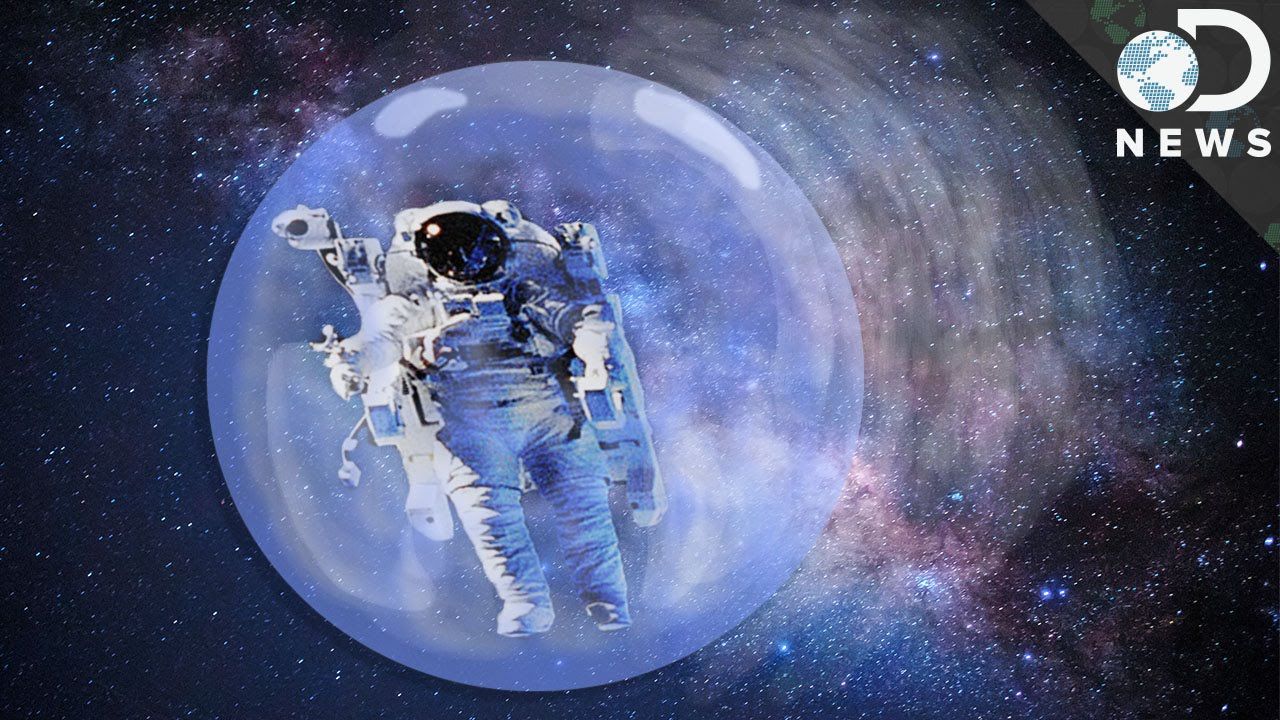Archive for the ‘quantum physics’ category: Page 714
Nov 7, 2017
Nottingham’s 3D printed helmet ushers in a new era of natural brain scans
Posted by Nancie Hunter in categories: 3D printing, neuroscience, quantum physics
“Room temperature quantum sensors can be mounted directly on the scalp of any subject. This will give us a projected four-fold increase in sensitivity for adults, but the sensitivity could potentially be up to a 15 or 20 fold increase for children or babies.”
A £1.6 million collaborative project between scientists at the University of Nottingham and University College London (UCL) is looking to improve the way we map the human brain. Focusing on the development of magnetoencephalography (MEG), researchers have 3D printed a prototype helmet that may yield quadruple the sensitivity of current MEG devices.
Reading at room temperature
Continue reading “Nottingham’s 3D printed helmet ushers in a new era of natural brain scans” »
Nov 2, 2017
Theoretical Physicists Are Getting Closer to Explaining How NASA’s ‘Impossible’ EmDrive Works
Posted by Andreas Matt in categories: quantum physics, space travel
The EmDrive propulsion system might be able to take us to the stars, but first it must be reconciled with the laws of physics.
Oct 31, 2017
How China is using quantum physics to take over the world and stop hackers
Posted by Dan Kummer in categories: encryption, quantum physics
Oct 30, 2017
Physicists propose test of quantum gravity using current technology
Posted by Saúl Morales Rodriguéz in categories: energy, quantum physics
Physicists have proposed a way to test quantum gravity that, in principle, could be performed by a laser-based, table-top experiment using currently available technology. Although a theory of quantum gravity would overcome one of the biggest challenges in modern physics by unifying general relativity and quantum mechanics, currently physicists have no way of testing any proposed theories of quantum gravity.
Now a team of seven physicists from various countries, S. Dey, A. Bhat, D. Momeni, M. Faizal, A. F. Ali, T. K. Dey, and A. Rehman, have come up with a novel way to experimentally test quantum gravity using a laser-based experiment. They have published a paper on their proposed test in a recent issue of Nuclear Physics B.
One reason why testing quantum gravity is so challenging is that its effects appear only at very high-energy scales and their corresponding tiny length scales. These extreme scales, which are very near the Planck scale, are roughly 15 orders of magnitude beyond those accessible by the Large Hadron Collider (LHC), by far the world’s highest-energy experiment.
Continue reading “Physicists propose test of quantum gravity using current technology” »
Oct 29, 2017
Scientists Have Trained a Quantum Machine to Find The Higgs Boson
Posted by Shane Hinshaw in categories: computing, quantum physics
Oct 29, 2017
Nanomagnets levitate thanks to quantum physics
Posted by Shailesh Prasad in categories: nanotechnology, quantum physics
Quantum physicists in Oriol Romero-Isart’s research group in Innsbruck show in two current publications that, despite Earnshaw’s theorem, nanomagnets can be stably levitated in an external static magnetic field owing to quantum mechanical principles. The quantum angular momentum of electrons, which also causes magnetism, is accountable for this mechanism.
Already in 1842, British mathematician Samuel Earnshaw proved that there is no stable configuration of levitating permanent magnets. If one magnet is levitated above another, the smallest disturbance will cause the system to crash. The magnetic top, a popular toy, circumvents the Earnshaw theorem: When it is disturbed, the gyrating motion of the top causes a system correction and stability is maintained. In collaboration with researchers from the Max Planck Institute for Quantum Optics, Munich, physicists in Oriol Romero-Isart’s research group at the Institute for Theoretical Physics, Innsbruck University, and the Institute for Quantum Optics and Quantum Information, Austrian Academy of Sciences, have now shown that: In the quantum world, tiny non-gyrating nanoparticles can stably levitate in a magnetic field.
Oct 29, 2017
How quantum materials may soon make Star Trek technology reality
Posted by Klaus Baldauf in categories: materials, quantum physics
Oct 28, 2017
Google Debuts Software to Open Up Quantum Computers for Chemists
Posted by Dan Kummer in categories: computing, information science, quantum physics
Google unveiled software aimed at making it easier for scientists to use the quantum computers in a move designed to give a boost to the nascent industry.
The software, which is open-source and free to use, could be used by chemists and material scientists to adapt algorithms and equations to run on quantum computers. It comes at a time when Google, IBM, Intel Corp., Microsoft Corp. and D-Wave Systems Inc. are all pushing to create quantum computers that can be used for commercial applications.
Oct 27, 2017
A new theory of consciousness: the mind exists as a field connected to the brain
Posted by Shailesh Prasad in categories: neuroscience, quantum physics
The relationship between the mind and the brain is a mystery that is central to how we understand our very existence as sentient beings. Some say the mind is strictly a function of the brain — consciousness is the product of firing neurons. But some strive to scientifically understand the existence of a mind independent of, or at least to some degree separate from, the brain.
The peer-reviewed scientific journal NeuroQuantology brings together neuroscience and quantum physics — an interface that some scientists have used to explore this fundamental relationship between mind and brain.
An article published in the September 2017 edition of NeuroQuantology reviews and expands upon the current theories of consciousness that arise from this meeting of neuroscience and quantum physics.
